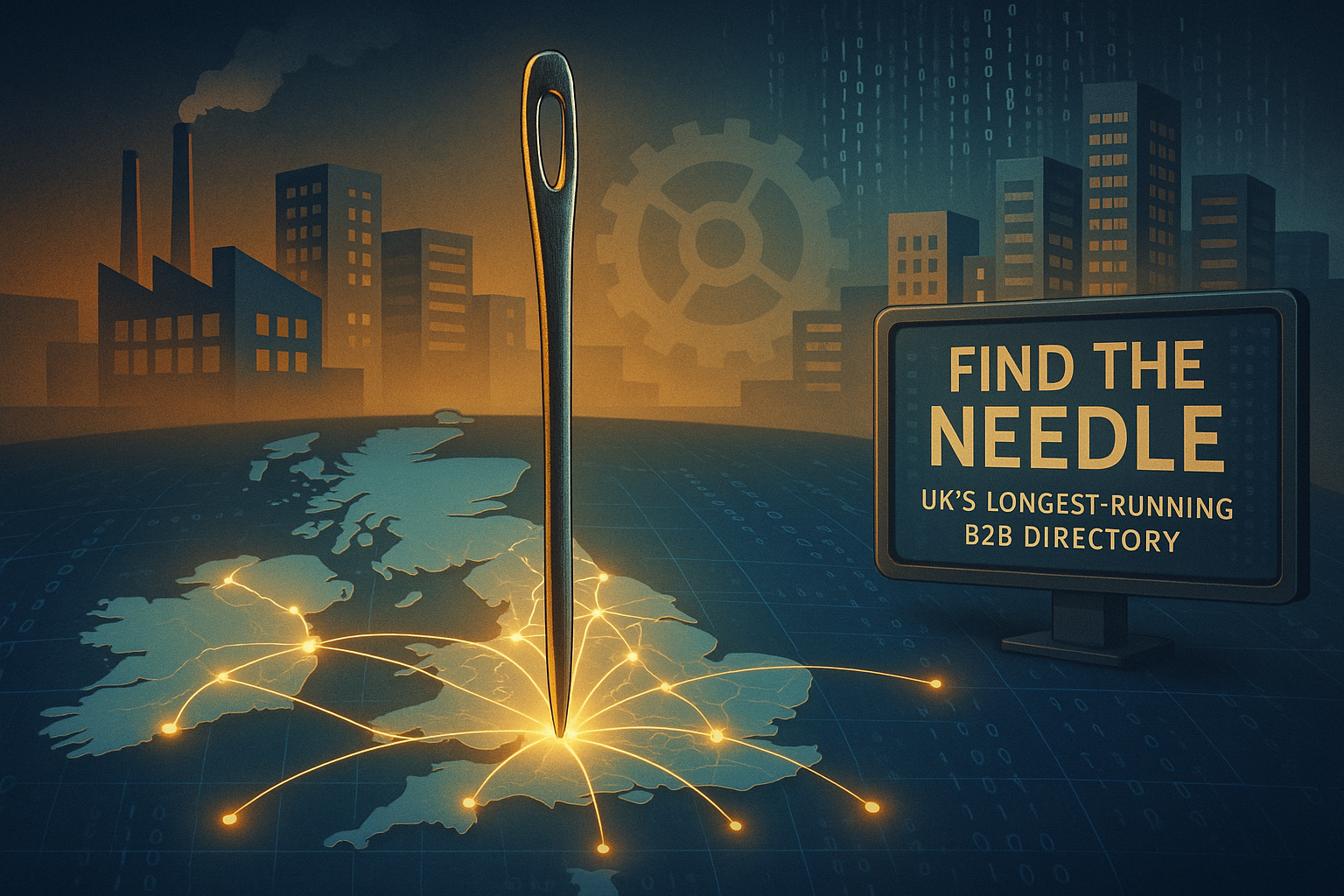Automation and Robotic Process Automation (RPA)
- 20 Sep 2024
- Articles

In today's fast-paced business environment, companies are constantly seeking ways to enhance efficiency, reduce costs, and stay competitive. One of the most effective strategies to achieve these goals is through the adoption of Automation and Robotic Process Automation (RPA). These technologies have revolutionized how businesses operate by automating repetitive tasks and optimizing processes. This post will explore the role of Automation and RPA in streamlining operations and reducing costs, offering insights into their benefits and challenges.
Automation in Business Operations
Automation refers to the use of technology to perform tasks without human intervention. It plays a crucial role in optimizing various business processes, from data entry to customer service, and even within a core banking system. By automating these repetitive tasks, businesses can achieve greater efficiency and accuracy, significantly reducing the time and effort required to complete them. This, in turn, leads to fewer errors and the ability to scale operations quickly. For example, automating customer service with chatbots can handle thousands of inquiries simultaneously, providing consistent and immediate responses.
Robotic Process Automation (RPA)
RPA is a specialized form of automation that uses software robots, or bots, to mimic human actions and perform repetitive tasks across various applications. Unlike traditional automation, which typically requires significant programming and integration, RPA is more adaptable and can be implemented with minimal changes to existing systems. This makes RPA an attractive option for businesses looking to automate tasks such as data entry, invoicing, and compliance reporting. RPA bots can work 24/7, ensuring that these tasks are completed quickly and accurately, freeing up human workers to focus on more strategic activities.
Streamlining Operations with RPA
RPA is particularly effective in streamlining operations by automating time-consuming and error-prone tasks. For example, RPA can be used to automate invoicing processes, where bots extract data from invoices, enter it into accounting systems, and even flag discrepancies for review. This not only speeds up the process but also reduces the risk of errors. Another example is compliance reporting, where RPA can gather data from various sources, compile reports, and submit them to regulatory bodies, ensuring that deadlines are met and reducing the risk of non-compliance. As part of the broader digital transformation for banks, RPA is enabling financial institutions to enhance efficiency and accuracy. Companies that have implemented RPA have reported significant improvements in operational efficiency, with tasks that once took days now being completed in hours.
Cost Reduction through Automation and RPA
One of the most compelling benefits of Automation and RPA is the potential for cost reduction. By automating repetitive tasks, businesses can reduce labor costs, as fewer human workers are needed to perform these tasks. Additionally, automation minimizes errors, which in turn reduces the costs associated with correcting mistakes. The long-term return on investment (ROI) from implementing RPA can be substantial, as businesses not only save on labor costs but also benefit from increased productivity and faster processing times. For instance, a company that automates its customer service operations with RPA can handle more inquiries with fewer resources, leading to significant cost savings.
Challenges and Considerations
While the benefits of Automation and RPA are clear, there are also challenges to consider. The initial setup costs for automation can be high, particularly if customization is required to fit specific business needs. Moreover, businesses need to manage the change effectively, ensuring that employees are trained to work alongside automation tools and that there is a clear understanding of how these technologies will impact their roles. Security and compliance are also critical considerations, as automated systems need to be protected from cyber threats and must comply with industry regulations. Despite these challenges, the long-term benefits often outweigh the initial hurdles.
The Future of Automation and RPA
The landscape of Automation and RPA is continually evolving, with emerging trends such as AI-powered RPA promising even greater efficiencies and cost savings. As these technologies advance, they will play an increasingly important role in the workplace, enabling businesses to automate more complex tasks and make better decisions based on data. The future of Automation and RPA is bright, with the potential for further cost reductions and operational improvements as these technologies become more sophisticated and accessible.
Conclusion
Automation and RPA are powerful tools for streamlining operations and reducing costs in businesses of all sizes. By automating repetitive tasks, companies can achieve greater efficiency, accuracy, and scalability, ultimately leading to significant cost savings. While there are challenges to implementing these technologies, the long-term benefits make them a worthwhile investment. As Automation and RPA continue to evolve, they will become increasingly integral to business operations, offering new opportunities for growth and innovation.







